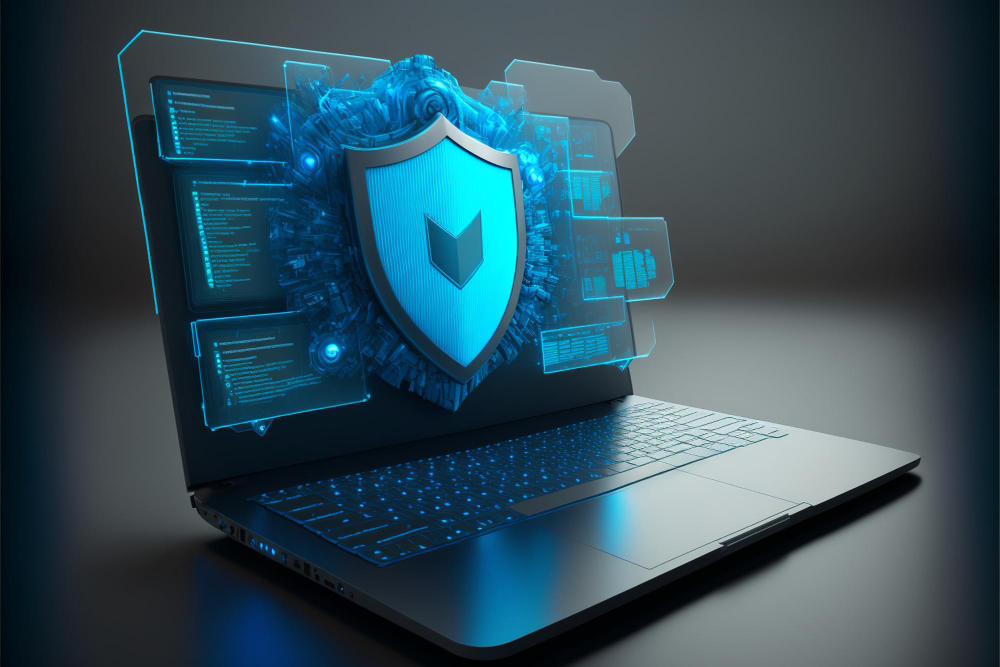How to Protect Your Important Data
- 1 How to Protect Your Important Data
- 1.1 1. Backing Up Your Data
- 1.2 2. Data Security Protocols
- 1.3 3. Strong Password Management:
- 1.4 4. Encryption Techniques:
- 1.5 5. Secure Networks and Devices:
- 1.6 6. Data Access Control:
- 1.7 7. Secure Data Storage:
- 1.8 8. Employee Training and Awareness:
- 1.9 9. Incident Response Plan:
- 1.10 10. Regulatory Compliance:
- 1.11 11. Continuous Monitoring and Improvement:
- 2 Conclusion
The internet has become such a large part of daily life, helping us connect with others, work more effectively, and learn new things. So much of the internet revolves around sharing data, whether that’s creating accounts or posting things online. Sharing data can be useful, but it can also have its downsides. Today, more than ever, it’s vital that you protect yourself and your data. Cybercrime is on the increase, with criminals looking to gain access to personal files in a number of different ways.
Losing personal data can lead to a lot of issues and make you more vulnerable to other threats. If you want to avoid potential threats such as identity theft and losing valuable files, you need to ensure your data is properly protected. In this article, you’ll learn how to protect your data and keep it safe from the threat of cybercrime.
How to Protect Your Important Data
1. Backing Up Your Data
Whenever you save your important files, it’s a good idea to make another copy as a backup. While it’s rare, devices can get lost or broken, meaning any files saved on them are lost forever. In addition, backups will mean you’re safe from attacks such as ransomware, which lock you out of your important files. Whether it’s sentimental photos and videos or important financial documents, it’s always good to have another copy just in case you lose access to the main files.
You can back up your data on a physical memory unit such as a hard drive or memory stick. USB sticks from RS offer a simple solution to backing up your data, and they’re highly portable. You can easily transfer your files between devices this way, taking them from your phone to your computer and vice versa. Alternatively, you may want to save your files on the cloud, which ensures your important data is always protected as long as you can remember the password to your account.
For extra protection, you can also encrypt your files when backing them up. Encryption effectively locks any valuable data behind a password, ensuring it can only be accessed by authorized users. If you’re backing up sensitive information, encryption is a must, and it’s actually very easy to do. There are lots of programs that allow you to encrypt your files; just make sure you choose a secure password and keep it safe where it can’t be accessed.
2. Data Security Protocols
While cybercriminals are getting more sophisticated, the majority of attacks occur where there’s a serious flaw in data security protocols. Phishing attacks are still the most common, where criminals pose as someone else to gain access to data. Ensure you always double-check who you’re talking to online, and never give out passwords or important account information.
You should also review the security of all of your accounts regularly to ensure proper protocols are in place. Are you using secure passwords and two-factor authentication? Taking a few minutes to set these up will keep your data safe and help prevent it from falling into the wrong hands. Make sure you’re using different passwords for all of your accounts and check the recovery process can’t be exploited.
Privacy settings are another way you can help protect your data, and are often overlooked. We share a lot of data without realizing when we use online services. It’s important to change your privacy settings to ensure you’re not revealing too much information to the websites and services you use online. Check your app permissions and ensure you’re only ever using private networks to access the internet. Open WiFi networks can be dangerous to connect to and lead to your device being compromised.
3. Strong Password Management:
Passwords serve as the first line of defence against unauthorized access. Create complex passwords with a combination of uppercase and lowercase letters, numbers, and special characters. Avoid using easily guessable information like birthdays or pet names. Implement multi-factor authentication (MFA) whenever possible for an added layer of security.
4. Encryption Techniques:
Encrypting data converts it into a code that can only be accessed with the correct encryption key or password. Utilize encryption tools for sensitive files, emails, and communications, especially when transmitting data over networks or storing it in the cloud. End-to-end encryption ensures that only the sender and recipient can access the information.
5. Secure Networks and Devices:
Ensure your networks and devices are secure by using firewalls, antivirus software, and regular security updates. Public WiFi networks are particularly vulnerable, so avoid accessing sensitive information when connected to them. Implement Virtual Private Networks (VPNs) for secure remote access to company networks.
6. Data Access Control:
Limit access to sensitive data on a need-to-know basis. Implement user permissions and access controls to restrict unauthorized users from viewing or modifying critical information. Regularly review and update access permissions as roles within the organization change.
7. Secure Data Storage:
Choose secure storage options for your data, whether it’s on-premises or in the cloud. Cloud service providers offer robust security measures, but it’s essential to understand their data protection protocols and compliance standards. Consider encryption and access controls for stored data, and regularly audit storage systems for vulnerabilities.
8. Employee Training and Awareness:
Educate employees about data security best practices and the importance of safeguarding sensitive information. Conduct regular training sessions to raise awareness about phishing scams, social engineering tactics, and other common cyber threats. Encourage a culture of security consciousness throughout the organization.
9. Incident Response Plan:
Develop a comprehensive incident response plan to mitigate the impact of data breaches or security incidents. Outline clear procedures for identifying, containing, and resolving security breaches, including communication protocols for notifying affected parties and regulatory authorities. Regularly test and update the incident response plan to address evolving threats.
10. Regulatory Compliance:
Understand and comply with relevant data protection regulations such as the General Data Protection Regulation (GDPR), California Consumer Privacy Act (CCPA), or industry-specific standards like HIPAA for healthcare data. Ensure that data handling practices align with legal requirements to avoid potential fines and penalties.
11. Continuous Monitoring and Improvement:
Data security is an ongoing process that requires continuous monitoring and improvement. Regularly assess your security posture through vulnerability assessments, penetration testing, and security audits. Stay informed about emerging threats and technological advancements to adapt your security measures accordingly.
By implementing these comprehensive data security measures, individuals and organizations can better protect their sensitive information from unauthorized access and mitigate the risks of data breaches and cyber-attacks.
Conclusion
In conclusion, safeguarding data is essential in the modern digital landscape to protect against unauthorized access, breaches, and potential liabilities. By employing robust security measures such as strong password management, encryption techniques, secure networks and devices, data access control, employee training, incident response planning, regulatory compliance, and continuous monitoring, individuals and organizations can enhance their data security posture and minimize the risk of data compromise. Staying vigilant, proactive, and adaptable in the face of evolving threats is crucial for maintaining data integrity and trust in an interconnected world.


















